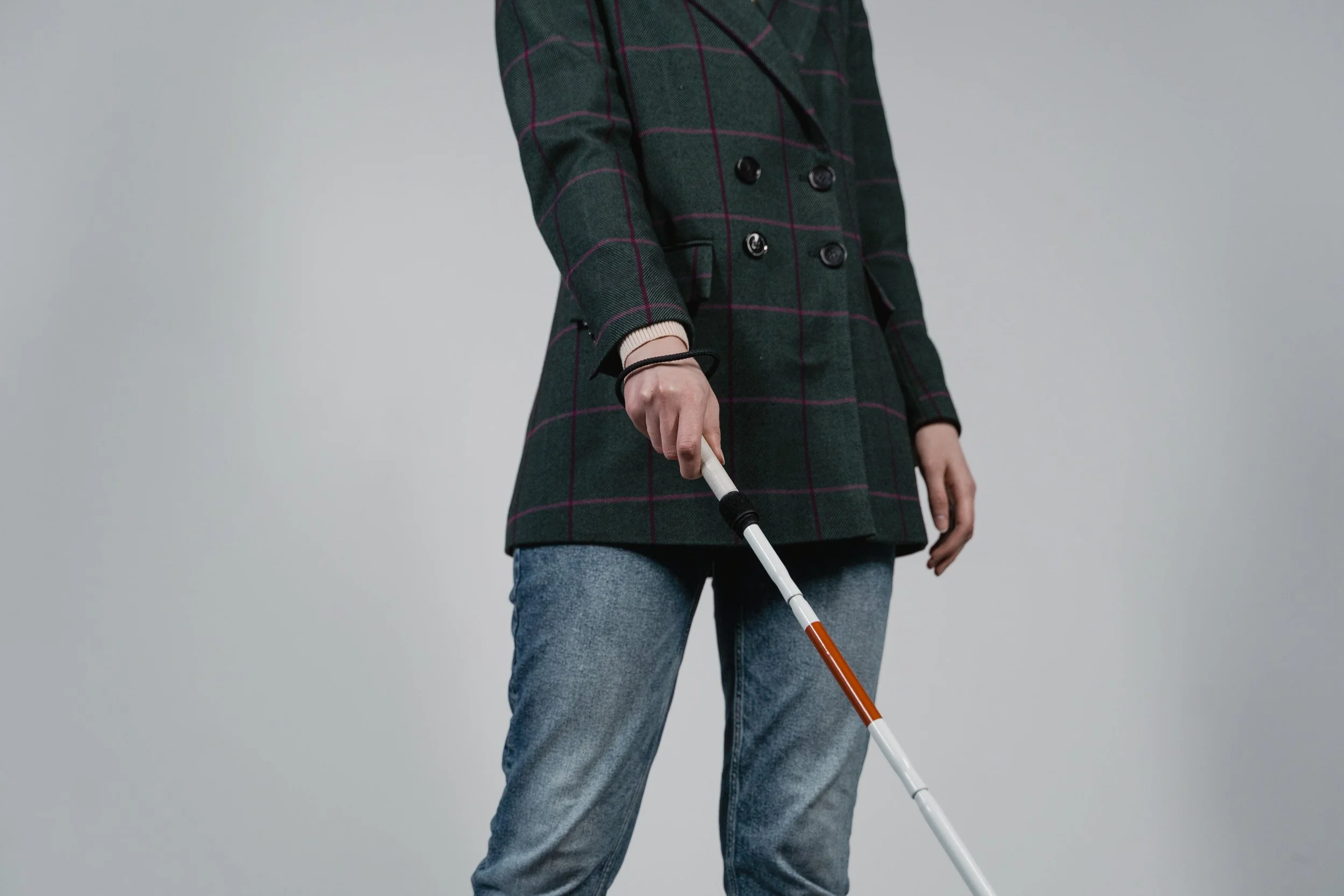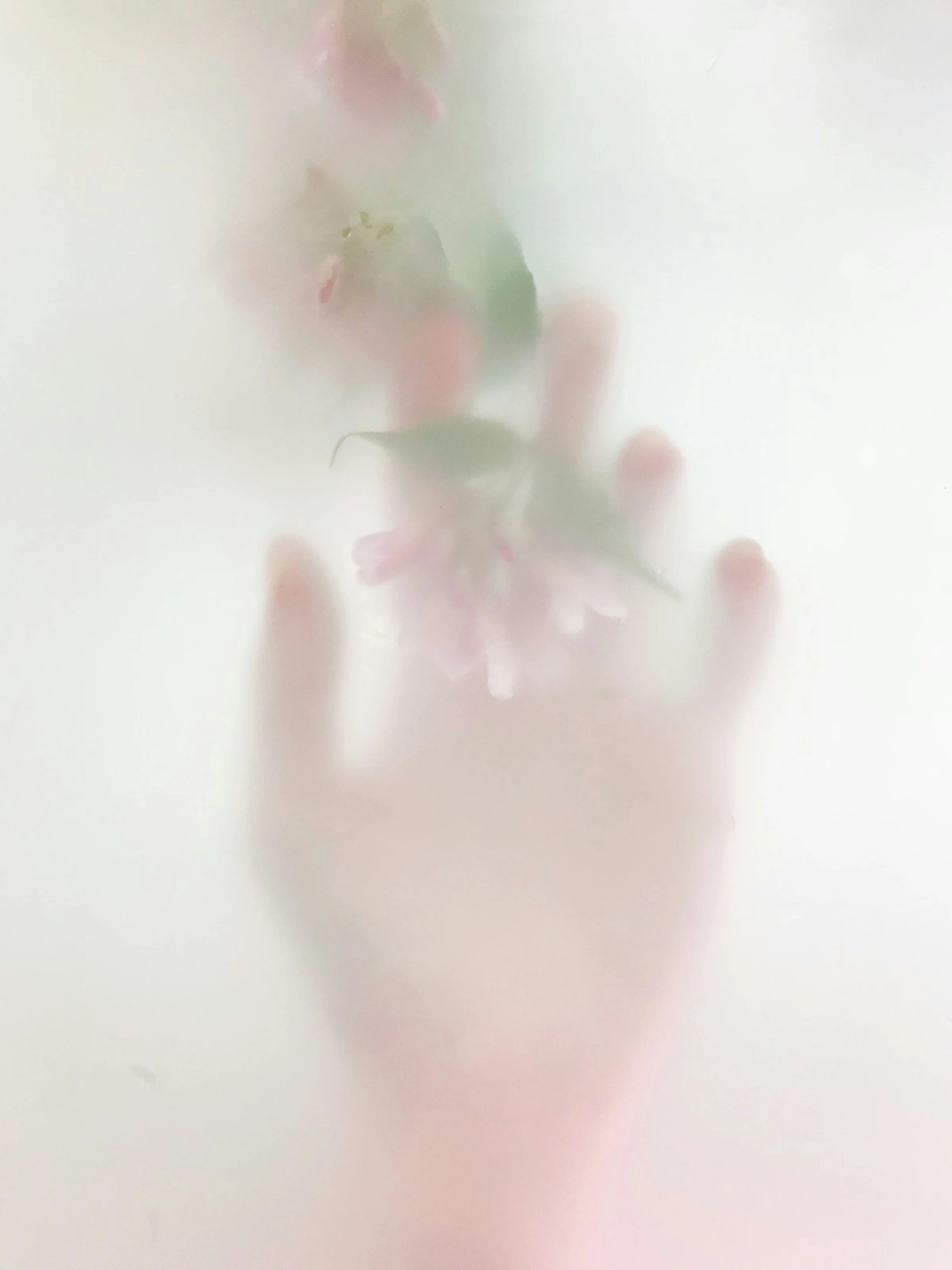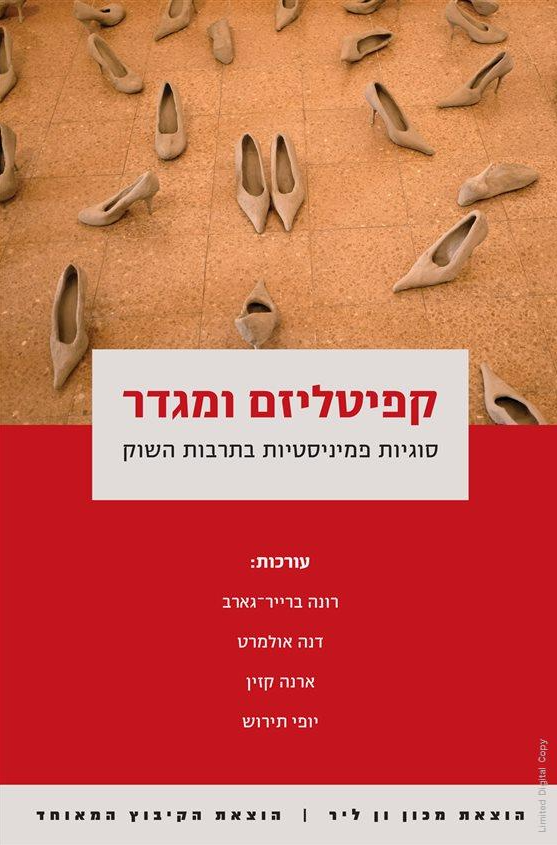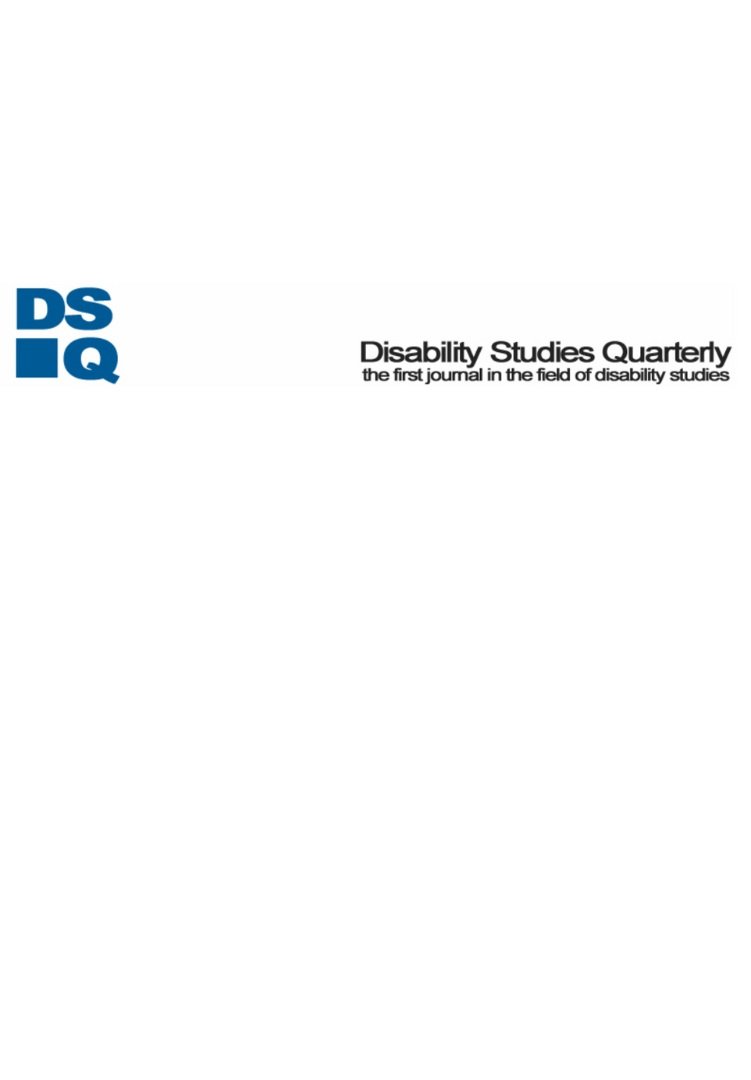Blind women
and visual culture
Blindness creates an “interpretational space” within visual culture, where blind women hold a unique position. Even though they can, of course, read and hear written texts and verbal explanations of an image, and rely on touch and other senses when navigating visual culture, as social agents, they’re involved in breaking down the visual into words, explanations, and sensations, creating a sociological opportunity to defamiliarize the visual imprinting of standards such as beauty and femininity onto our collective consciousness.
In my study, I focused on this “mediation” that takes place between blind women and visual images, and on processes that deconstruct images of gender and femininity into voice, sound, touch, and feelings related to components such as light, shade, compression, texture, and look, all taken into consideration within gender performance.
In this study, I asked, how does the gaze function when sight does not serve as the dominant mode of perception? What is the relation between visuality and women’s agency? And how do sensory apparatuses other than sight affect social relations and interactions? These questions do not focus on whether blind women understand what beauty and femininity are, which of course they do, but on the “how” and “why” questions, exploring the creative and conscious choices they make when responding to visual norms, offering an ethnographic analysis of the ways blind women interpret, respond to, and sometimes resist, normative images of gender, blindness, and disability.
In order to answer these questions, I conducted a multi-sited ethnography of blind people in Israel, including in-depth interviews with forty women. These women were blind from birth or a young age and from varied backgrounds. Three years of ethnographic observations in spaces inhabited by blind people or where blindness is presented to the sighted public include a “beauty care” class for blind girls, a “life-skills” rehabilitation class for blind adults, a tandem-cycling group pairing sighted and blind cyclists, and a dark museum exhibit in which sighted visitors are led by blind guides.
About this study
Photos
Publications
Gili Hammer, Freier-Dror, Yossi , Erez, Asnat Bar-Haim , Katz, Noomi , Nahari, Sara , Babai, Polina , Gruber, Lirit , and Ferziger, Naomi . 2020. Audio Description in Theaters. National Insurance Institute for Israel, The Fund for Development of Services for People with Disabilities (Hebrew).
Gili Hammer. 2019. Blindness Through the Looking Glass: The Performance of Blindness, Gender, and the Sensory Body. Ann Arbor: The University of Michigan Press. (Reviewed by Sociological Review, Disability Studies Quarterly, Gender & Society, LSE Review of Books).
Gili Hammer. 2017. “Blind Women See Gender: Interpretive Tactics within the Consumer Culture.” In Gender and Capitalism: An Anthology, Pp. 208-231. Jerusalem: Van Leer Institute Press and Hakibbutz Hameuchad (Hebrew).
Gili Hammer. 2017. “Performing the Sensory Body within a Tandem Cycling Group: Social Dialogues Between Blindness and Sight.” In Seeking the Senses in Physical Cultures: Sensual Scholarship in Action, Pp. 101-119. New York: Routledge.
Gili Hammer. 2016. “If They’re Going to Stare, at Least I’ll Give Them a Good Reason to: Blind Women’s Visibility, Invisibility, and Encounters with the Gaze.” Signs: Journal of Women in Culture and Society, 41, 2, Pp. 409-432.
Gili Hammer. 2015. “Ethnographies of Blindness: The Method of Sensory Knowledge”. In Disability and Qualitative Inquiry: Methods for Rethinking an Ableist World, Pp. 63-77. Burlington: Ashgate.
Gili Hammer. 2014. “Pedaling in Pairs toward a Dialogical Performance: Partnerships and the Sensory Body within a Tandem Cycling Group.” Ethnography, 16, 4, Pp. 503-522.
Gili Hammer. 2013. “This Is the Anthropologist, and She is Sighted: Ethnographic Research with Blind Women.” Disability Studies Quarterly, 33, 2.
Gili Hammer. 2012. “Blind Women’s Appearance Management: Negotiating Normalcy Between Discipline and Pleasure.” Gender & Society, 26, 2, Pp. 406-432.
Gili Hammer. 2011. “Blind Women and Invented Pathologies: The Claim Over Normalcy.” In Thinking Gender Papers, UCLA Center for the Study of Women.
Media
-
This talk explores the Israeli aspects of integrated dance, an art form that brings together dancers with and without disabilities. Together, these dancers challenge the way disability is presented and perceived in public culture and in the arts. Yet, the dance projects also reveal a hierarchy between those veterans of the Israeli Defense Forces who are disabled and others with disabilities. Integrated dance embodies the possibility of challenging national, religious, and social boundaries while expanding public awareness of multiculturalism.
-
Dr Gili Hammer, an anthropologist at the Hebrew University of Jerusalem, discusses her book Blindness through the Looking Glass: The Performance of Blindness, Gender, and the Sensory Body, exploring how visually impaired Israeli women grasp and perform the interface between blindness and gender.
-
-
















